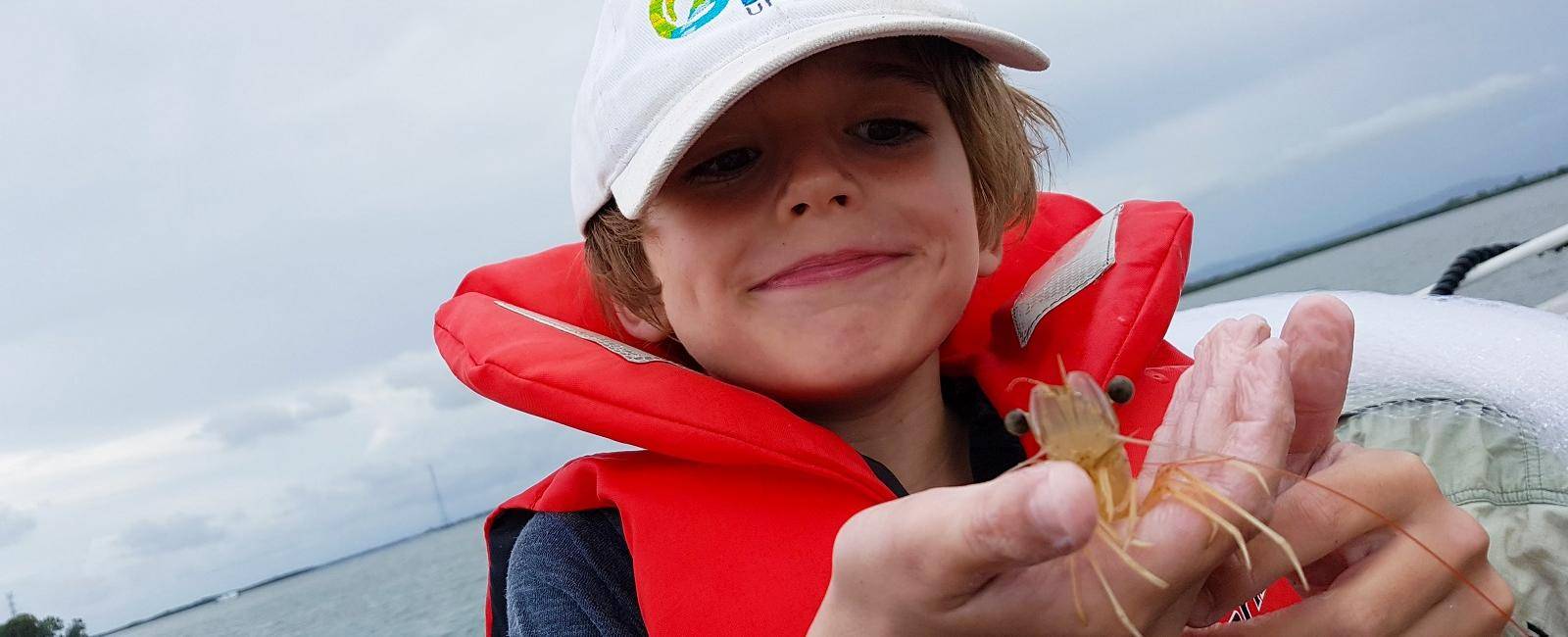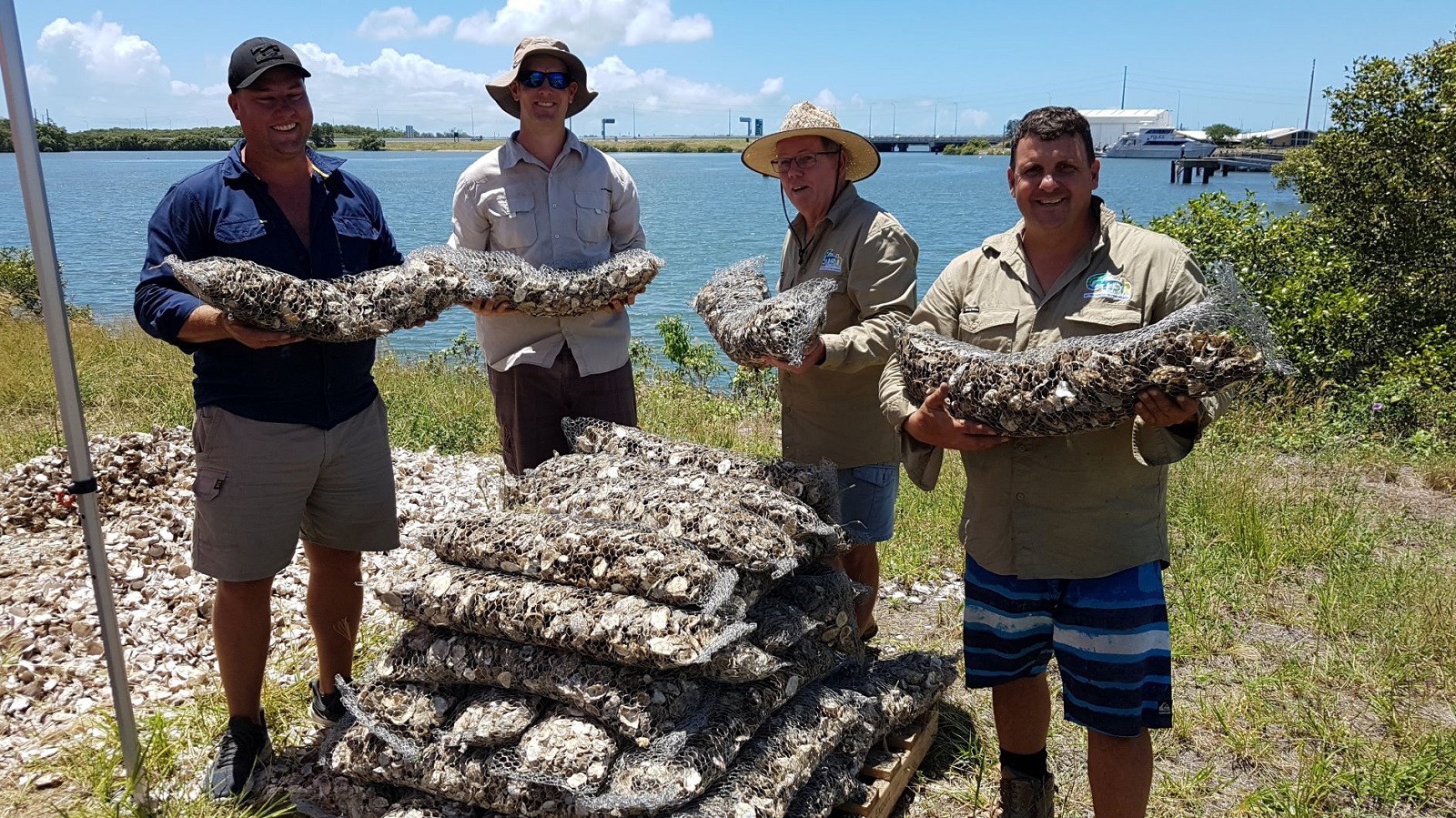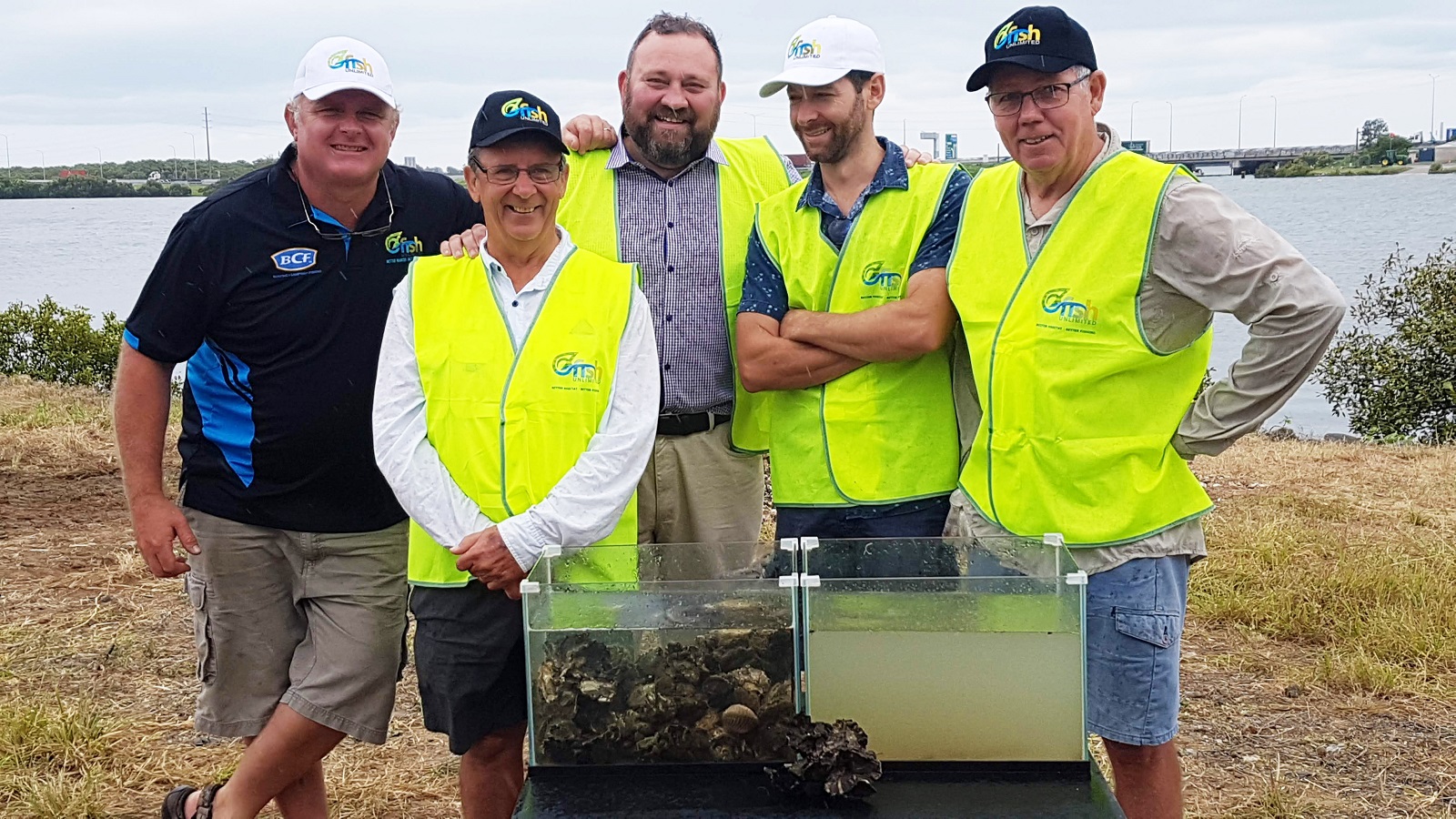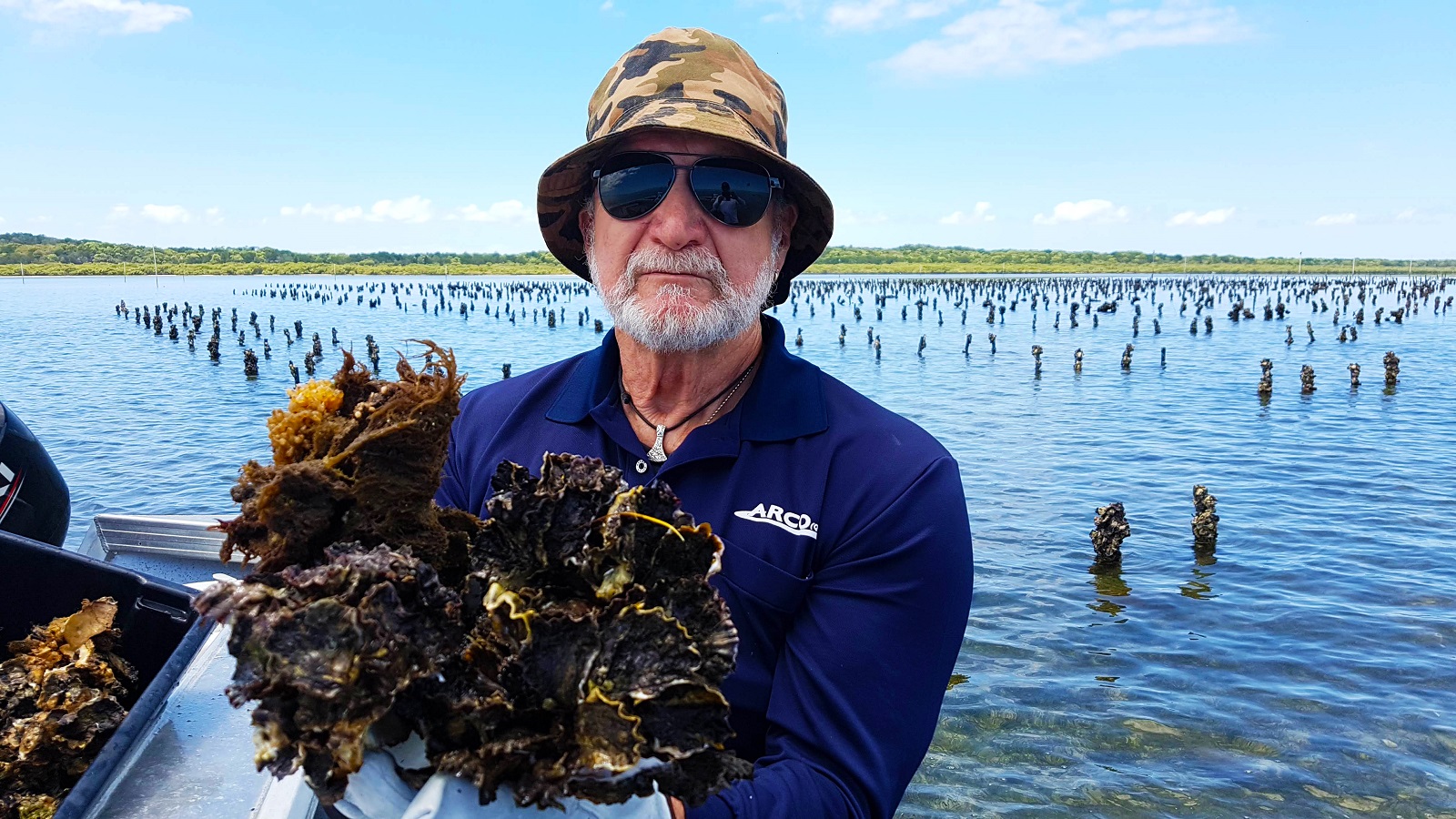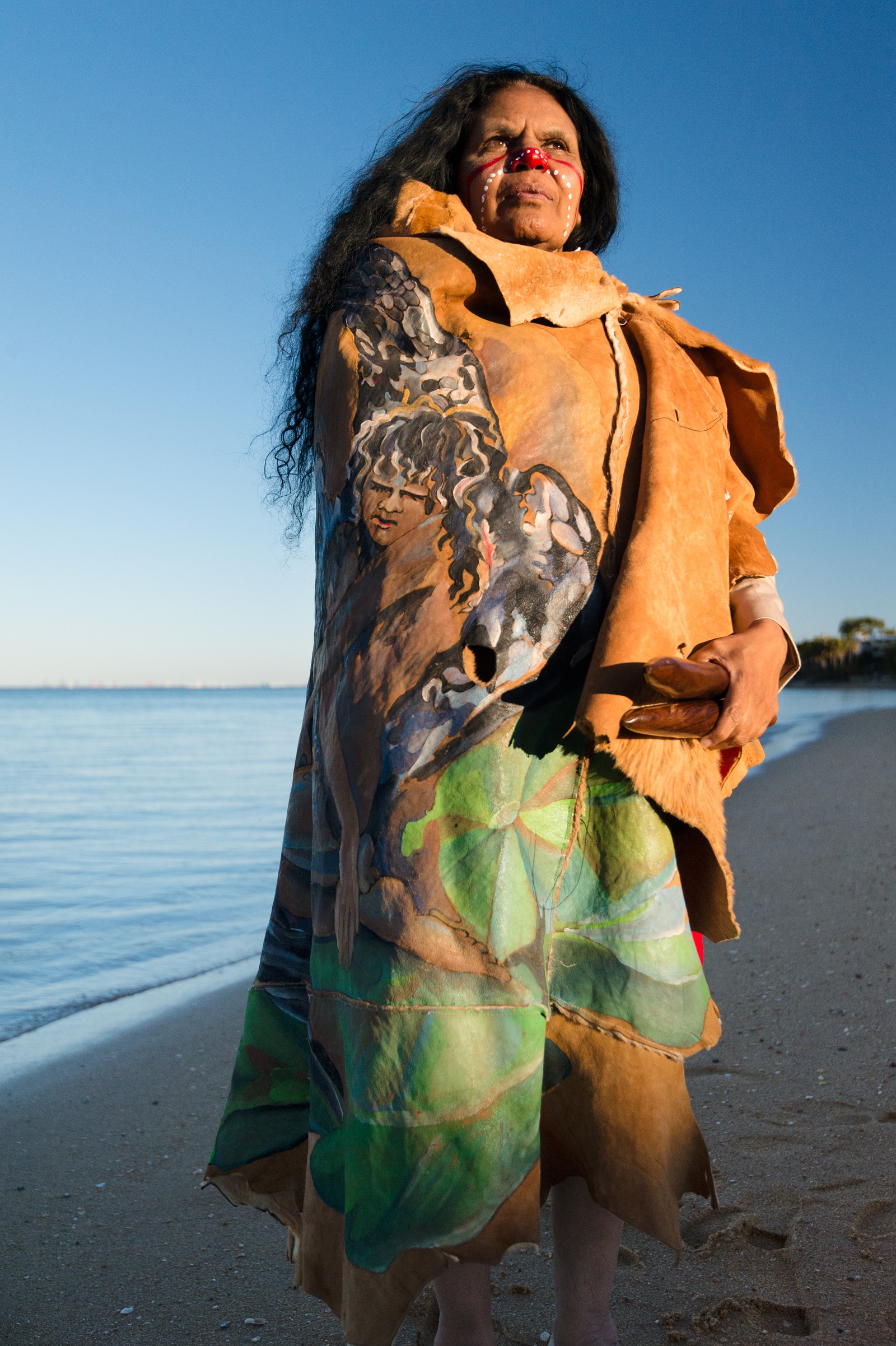
Brisbane, Queensland 4000. The river city.
Its history is as rich and multifaceted as the lifeblood that dissects it.
Known as Maiwar to Indigenous Australians, the Brisbane River is the longest river in South East Queensland, travelling 344km from Mount Stanley and flowing through the city before emptying into Moreton Bay (Quandamooka) in the east.
For many thousands of years, the Brisbane River was an abundant source of food for a number of Aboriginal tribes, overflowing with a variety of fish, shellfish, crab and prawns.
To the Turrbal and Yuggera peoples, the river and its surrounding waterways and lands were not things that could be owned, traded or exploited for profit, as they were spiritually connected to the land and waterways.
The River City
Following European settlement in the early nineteenth century, Maiwar and Quandamooka became shadows of their former selves, over-exploited and decimated through the rise of commercial fishing and dredging. Thousands of hectares of fish habitat such as seagrass and saltmarsh were lost, and around 95 per cent of suitable shellfish reef habitats were destroyed in western Moreton Bay.
During these years of European settlement, the vast majority of shellfish exploitation was not for food, but for the production of lime to make the mortar used in the construction of the houses and buildings of early Brisbane. Oysters were gathered, piled into heaps in lime kilns and burnt, with some builders preferring live oysters believing they gave the cement “more body”.
Brisbane’s history has inextricably changed the Brisbane River. And that’s where OzFish Unlimited, a not-for-profit organisation dedicated to protecting Australian waterways, comes in.
Moreton Bay Shellfish Reef Project
Robbie Porter, President of OzFish Central Moreton Chapter, is leading an ambitious 10-year plan to restore 100 hectares of shellfish reef in Moreton Bay by recycling oyster shell collected from wholesale oyster handlers and restaurants. If successful the results will be substantial, with a potential to regenerate up to 250 tonnes of seafood per year.
More than 300 cubic metres of oyster shell is dumped into landfill every year in Brisbane alone. Through the Moreton Bay Shellfish Reef Project, OzFish diverts and recycles some of this shell, saving an estimated 150 cubic metres of landfill every year while also turning rubbish into a valuable resource that will encourage reef restoration.
“The Port of Brisbane Corporation has been fantastic and let us use a block of land for our oyster recycling plant. We collect approximately two cubic metres of oyster shell each week and treat them to eliminate biosecurity risks.
“We wash and dry these shells in the sun for four months to sterilise them, and the clean shells are then placed into ‘Bio Block’ moulds and biodegradable scaffold structures that are placed in our oyster lease.
“This is only a small per cent of all the shell waste that is produced in Brisbane, and we are trying to find ways to collect more but we are restricted by volunteer times and the fact that oyster shells start to smell after a few days.”
Why are shellfish so important?
Shellfish reefs are living ecosystems that underpin the health of our fisheries. In Moreton Bay, there are three main reef-forming shellfish species: Rock Oysters (Saccostrea glomerata), Pearl Oysters (Pinctada albino sugillata) and Hairy Mussel (Trichomya hirsuta).
These shellfish create complex vertical structures that make ideal homes, breeding locations and food sources for a vast array of invertebrates and fish, with every hectare of living shellfish reef producing an additional two tonnes of harvestable fish every year.
Shellfish are nature’s water filters. A typical adult oyster can filter more than 100 litres of water every day, so it goes without saying that the loss of 95 per cent of shellfish reef habitats has led to a seismic loss of filtration in western Moreton Bay that has flow-on effects beyond comprehension.
From little things, big things grow
In 2018, OzFish received a cash grant through the Brisbane Airport Community Giving Fund and was able to purchase hardware and tools required to manufacture the bio block moulds that hold the recycled and sterilised oyster shells.
The Moreton Bay Shellfish Reef Project put its first shellfish reef in the Brisbane River last year which has literally come to life despite its less-than-ideal location.
“It has been a huge success with so much life living on it including fish, crabs and so many shellfish. It is in a spot that gets little current flow and lots of silt, so we are surprised at how successful it is.”
Robbie explains the intertidal reefs will be built outside green zones where shellfish reefs previously existed, and with the help of university researchers, the Moreton Bay Shellfish Reef Project will monitor and report on the growth of these oysters and the use of reefs by fish and invertebrates.
The project is an essential step toward restoring the oyster reefs of Moreton Bay that will ultimately bring back hectares of fish habitat and improve the overall water quality and environmental diversity. Supplying native shellfish with viable host sites and injecting billions of living oysters into the environment will kick-start the regeneration of these reefs, and once established they will be self-generating and continue to grow until they reach the level they were two centuries ago.
CREDITS

